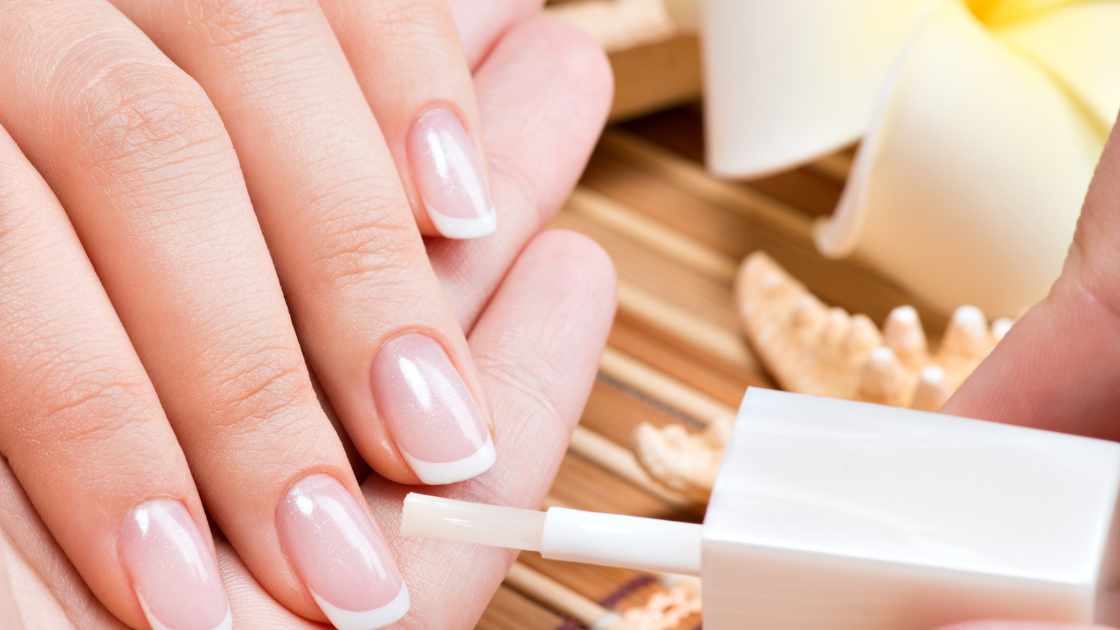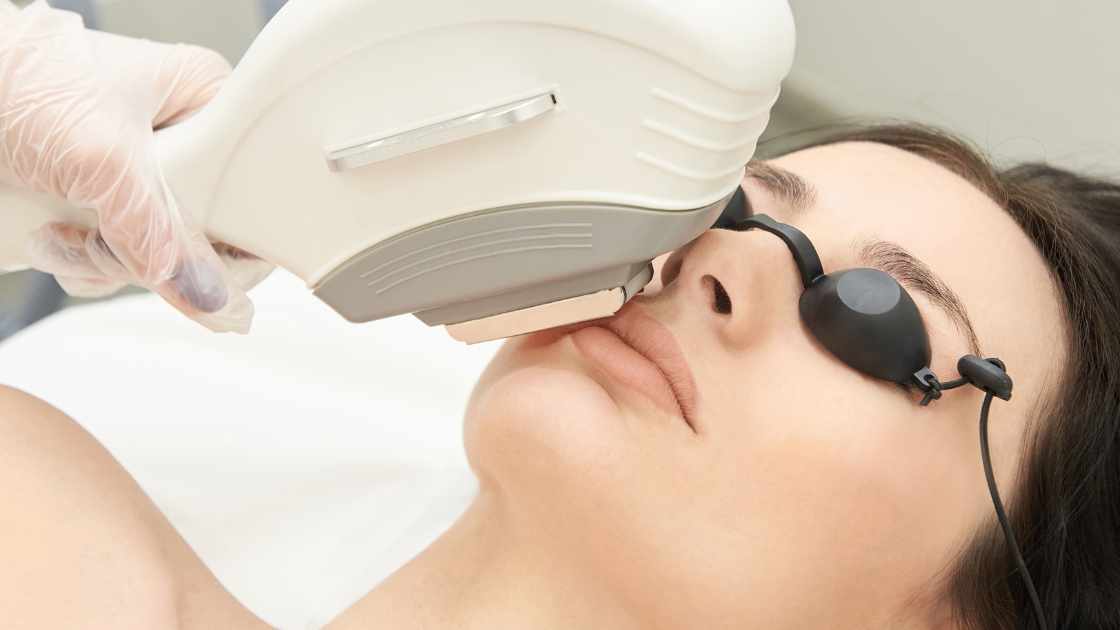Vegan Diet and Fitness: How to Get Enough Protein
In recent years, veganism has gained significant popularity, not just for its ethical and environmental benefits but also for its potential health advantages. However, one common concern among those adopting a vegan diet—especially athletes and fitness enthusiasts—is ensuring they get enough protein to support their fitness goals. Protein is crucial for muscle repair, growth, and overall body function, but with a plant-based diet, it’s important to be strategic about protein sources.
A comprehensive Guide
Understanding Protein Needs
Before diving into vegan sources of protein, it’s essential to understand how much you need. Protein requirements can vary based on factors such as age, sex, activity level, and fitness goals. For general health, the Recommended Dietary Allowance (RDA) is 0.8 grams of protein per kilogram of body weight. For those engaged in regular intense exercise or strength training, needs might increase to around 1.2 to 2.0 grams per kilogram.
Top Vegan Protein Sources
Legumes: Beans, lentils, and chickpeas are powerhouses of protein. For instance, one cup of cooked lentils provides about 18 grams of protein, while a cup of cooked chickpeas offers approximately 15 grams. They are also high in fiber and other essential nutrients.
Tofu and Tempeh: These soy-based products are excellent protein sources. Tofu, with about 10 grams of protein per half-cup serving, is versatile and can be used in a variety of dishes. Tempeh, which is fermented soybeans, packs even more protein—about 15 grams per half-cup. It also contains beneficial probiotics.
Edamame: These young soybeans are not just a delicious snack but also a great source of protein, providing around 17 grams per cup.
Seitan: Often referred to as wheat gluten, seitan is a protein-dense meat substitute that contains approximately 25 grams of protein per 3.5-ounce serving. It’s highly versatile but should be consumed in moderation due to its high gluten content.
Quinoa and Whole Grains: Quinoa is a complete protein, meaning it contains all nine essential amino acids. A cup of cooked quinoa provides about 8 grams of protein. Other whole grains like barley and farro also contribute to your protein intake.
Nuts and Seeds: Almonds, chia seeds, hemp seeds, and pumpkin seeds are rich in protein. For instance, two tablespoons of hemp seeds contain about 10 grams of protein. Nuts and seeds are also high in healthy fats, making them an excellent addition to a balanced diet.
Protein-Rich Vegetables: While vegetables are generally lower in protein compared to other sources, some like spinach, broccoli, and Brussels sprouts still contribute significantly. For example, a cup of cooked spinach offers about 5 grams of protein.
Plant-Based Protein Powders: For those struggling to meet their protein needs through whole foods alone, plant-based protein powders (such as pea, hemp, or brown rice protein) can be a convenient option. These powders typically provide 15-25 grams of protein per serving and can be easily added to smoothies or baked goods.
Balancing Protein with Other Nutrients
It’s important to remember that a balanced vegan diet involves more than just focusing on protein. Incorporating a variety of fruits, vegetables, whole grains, and healthy fats ensures you’re getting a well-rounded intake of essential nutrients. Combining different protein sources throughout the day can also help ensure you’re getting a complete amino acid profile, which is vital for muscle repair and overall health.
Tips for Success
Meal Planning: Plan your meals to include a variety of protein sources. This can help you meet your protein needs and avoid monotony in your diet.
Snack Smart: Keep protein-rich snacks handy, such as roasted chickpeas, trail mix, or protein bars, to help meet your daily goals.
Track Intake: Use apps or food diaries to keep track of your protein intake and ensure you’re meeting your needs.
Stay Hydrated: Proper hydration is crucial, especially for those engaging in intense physical activity. Drink plenty of water to support optimal muscle function and recovery.
Consult Professionals: If you have specific fitness goals or dietary concerns, consider consulting a registered dietitian or nutritionist who specializes in vegan diets.
FAQ
Can I get enough protein on a vegan diet?
Absolutely! Many plant-based foods are rich in protein, and a well-planned vegan diet can meet your protein needs effectively. Key sources include legumes (like beans and lentils), tofu, tempeh, quinoa, nuts, seeds, and plant-based protein powders. By combining different protein sources and ensuring a balanced intake of nutrients, you can support your fitness goals and overall health.
How much protein do I need if I’m active or trying to build muscle?
If you’re active or aiming to build muscle, your protein needs are higher than the average recommendation. For most people, aiming for 1.2 to 2.0 grams of protein per kilogram of body weight per day is beneficial. This can vary based on your specific fitness goals and activity level, so adjusting your intake accordingly and monitoring your progress is key.
What are some easy ways to increase protein intake on a vegan diet?
To boost your protein intake, consider incorporating protein-rich snacks and meals into your daily routine. Options include adding beans or lentils to salads and soups, snacking on nuts or seeds, using tofu or tempeh in stir-fries, and blending plant-based protein powder into smoothies. Planning your meals to include a variety of these sources ensures you meet your protein needs effectively.
Conclusion
Achieving adequate protein intake on a vegan diet is entirely possible with the right approach and planning. By incorporating a variety of plant-based protein sources and paying attention to your overall nutritional balance, you can support your fitness goals and maintain a healthy, ethical lifestyle. With a bit of knowledge and preparation, a vegan diet can be both fulfilling and effective in supporting an active, healthy lifestyle.










